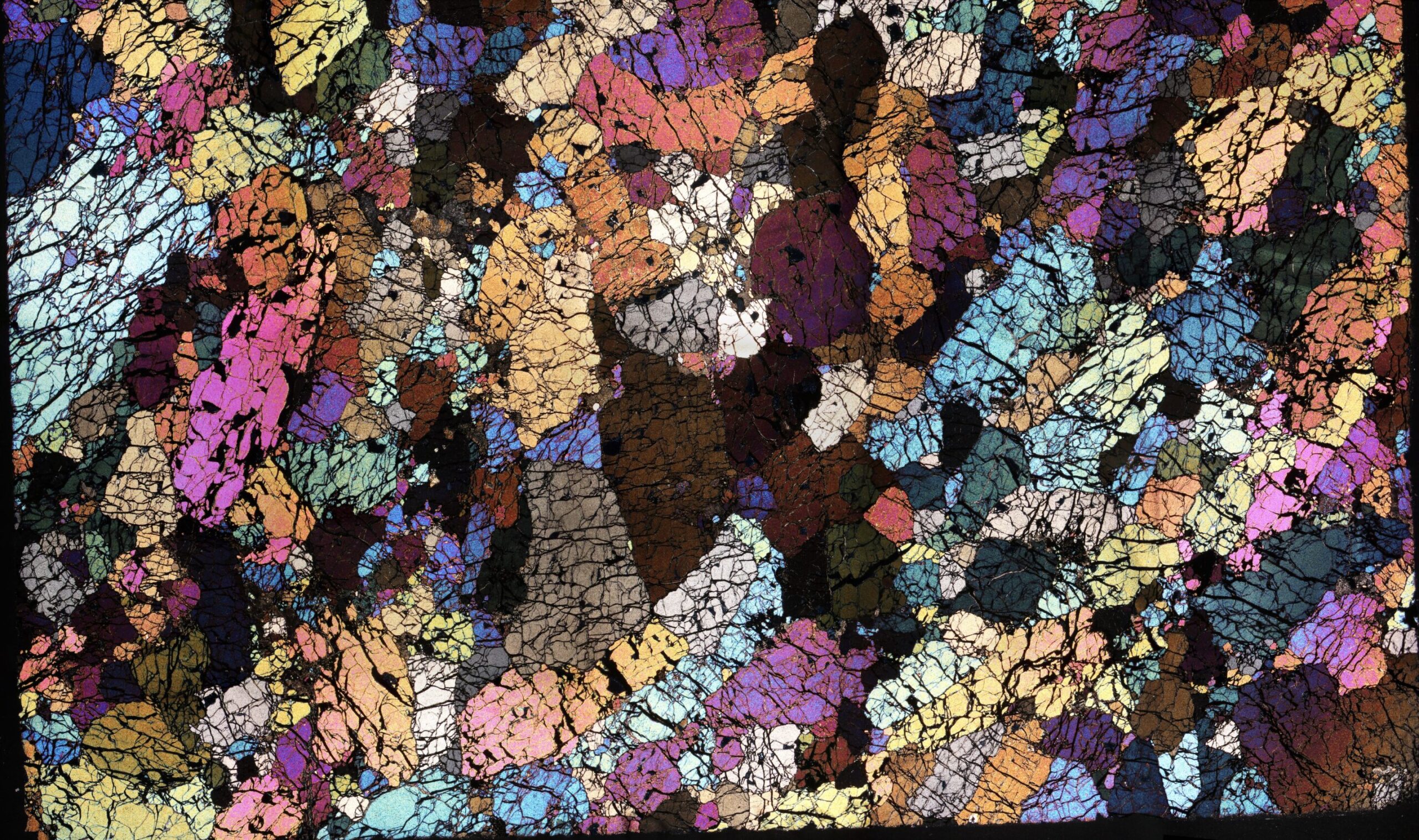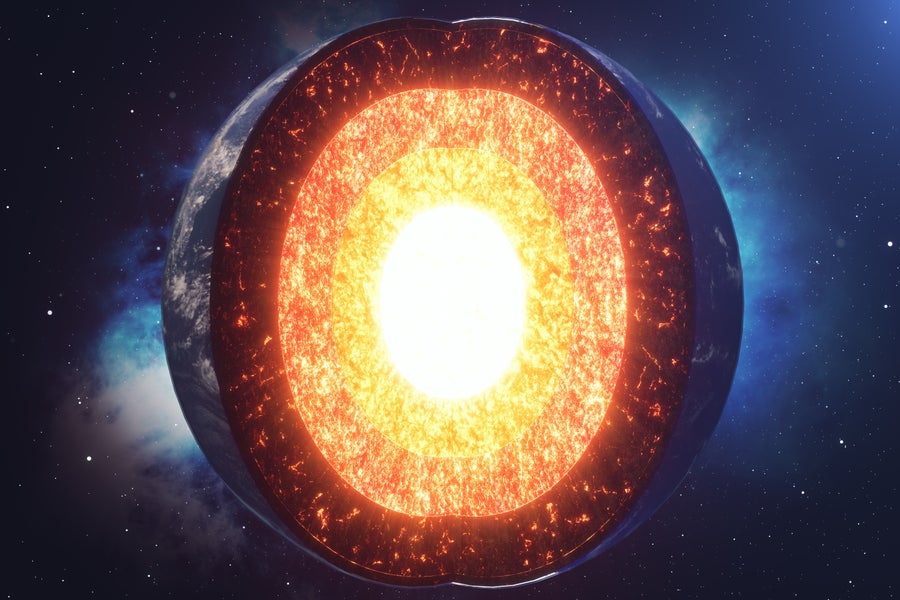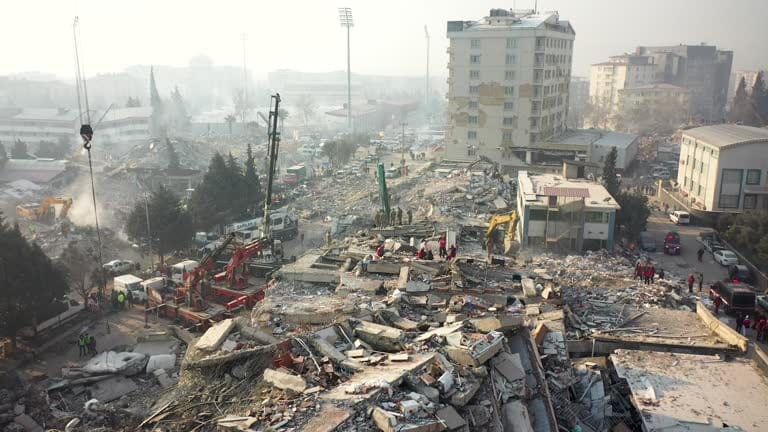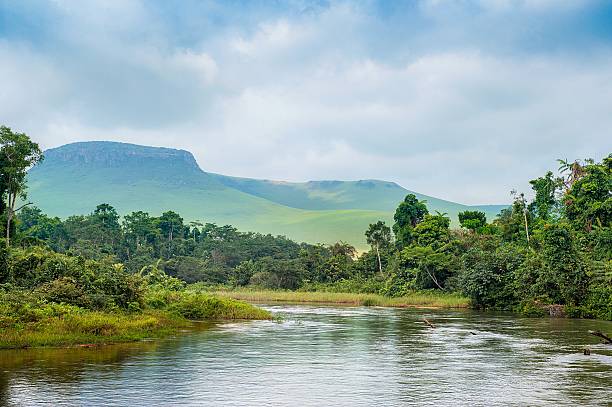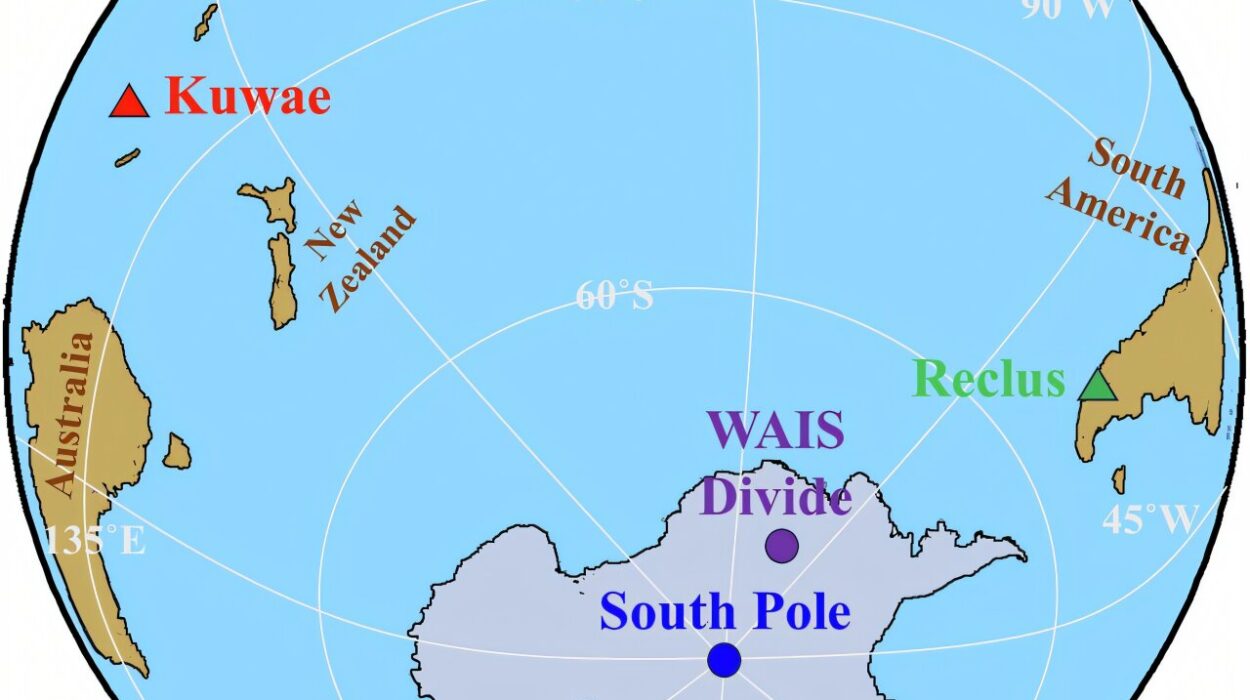Far below the shimmering surface of the world’s oceans, something remarkable is happening—an ancient and invisible process that slowly reshapes the Earth. For decades, geologists puzzled over a strange observation: volcanic islands in the middle of vast oceans sometimes contain chemical fingerprints that look distinctly continental. These islands, isolated from any landmass, bear traces of materials that should have remained locked deep within the continents, thousands of kilometers away.
Now, scientists believe they have found the answer. A groundbreaking study led by researchers at the University of Southampton, published in Nature Geoscience, reveals that continents are not as stable or isolated as they appear. They are, in fact, slowly peeling from below. Over millions of years, slivers of continental crust are stripped away and dragged beneath the oceans—where they fuel volcanic activity in some of the most unexpected places on Earth.
This discovery not only explains one of geology’s enduring mysteries but also transforms our understanding of how the planet continuously recycles itself.
Ancient Clues Hidden in Ocean Rocks
To grasp the significance of this finding, we must journey to places like Christmas Island in the northeastern Indian Ocean—an isolated volcanic outpost far from any tectonic boundary. Scientists studying rocks there found that the magma contains “enriched” elements, such as strontium and lead isotopes, which are normally found in continental crust.
For years, the prevailing theories pointed to two possible explanations. The first was subduction, the process where oceanic plates dive beneath continental plates, dragging sediments deep into the mantle and recycling them into magma. The second was the existence of mantle plumes, immense upwellings of hot rock that rise from Earth’s deep interior, creating volcanic hotspots such as Hawaii or Iceland.
But neither of these explanations fit the evidence. Some volcanic regions, like those in the Indian Ocean, show no sign of nearby subduction zones. Others seem too shallow or cool to be powered by mantle plumes. The question persisted: how could continental material end up beneath oceanic volcanoes?
According to Thomas Gernon, Professor of Earth Science at the University of Southampton and lead author of the new study, “We’ve known for decades that parts of the mantle beneath the oceans look strangely contaminated, as if pieces of ancient continents somehow ended up in there. But we haven’t been able to adequately explain how all that continental material got there.”
The Slow Peeling of Continents
The researchers now propose a strikingly new answer—one that changes how we think about the life and death of continents.
When continents break apart, they don’t just split at the surface along fault lines and rift valleys. They also begin to peel away from below, in a process that unfolds silently, deep beneath our feet. Using sophisticated computer simulations, the team modeled how the Earth’s lithosphere—the rigid outer shell composed of crust and upper mantle—behaves under tectonic stress.
As a continent stretches and begins to rift, it doesn’t simply snap like a dry twig. Instead, deep within, a slow, wave-like motion begins to move along the base of the continent. This “mantle wave,” as the researchers call it, rolls beneath the continental plate at astonishingly slow speeds—about a millionth the pace of a crawling snail. Over millions of years, this wave gradually erodes the base of the continent, peeling off slivers of continental material and sweeping them sideways into the oceanic mantle.
These fragments can travel for distances exceeding a thousand kilometers before settling deep beneath the ocean floor. There, they become part of the mantle’s slow, convective churn—eventually melting and rising again as enriched magma, feeding volcanic eruptions in ocean basins for tens of millions of years.
This means that the chemical “contamination” of oceanic volcanoes isn’t caused by recycling sediments from the sea floor or by mantle plumes reaching up from the Earth’s core. Instead, it comes from the continents themselves—pieces of ancient land quietly torn away and buried beneath the sea.
A Living Earth That Never Stops Moving
Study co-author Professor Sascha Brune, of the GFZ Helmholtz Center for Geosciences in Potsdam, Germany, explains that the effects of continental breakup persist long after the continents drift apart. “We found that the mantle is still feeling the effects of continental breakup long after the continents themselves have separated,” he says. “The system doesn’t just switch off when a new ocean basin forms—the mantle keeps moving, reorganizing, and transporting enriched material far from where it originated.”
In other words, Earth’s deep interior never truly rests. Even after continents drift away from each other and new oceans form, the mantle beneath them remains in motion, carrying the chemical memory of ancient breakups across vast distances. This dynamic system can continue influencing volcanic activity for tens of millions of years, long after the surface world above has changed completely.
Evidence From the Indian Ocean
To test their hypothesis, the researchers turned to one of Earth’s most geologically fascinating regions—the Indian Ocean Seamount Province. This vast chain of volcanic features formed in the wake of the breakup of the supercontinent Gondwana, which once united South America, Africa, India, Antarctica, and Australia over 100 million years ago.
By analyzing geochemical data from these seamounts, the scientists found a remarkable pattern. Soon after Gondwana began to split apart, volcanoes in the region erupted with magma unusually rich in continental-like elements. Over time, as the process of continental peeling slowed and stabilized, this chemical signal gradually faded.
Crucially, there was no evidence of a mantle plume—a discovery that overturns long-held assumptions. Instead, the findings perfectly matched the new model of continental fragments being stripped away and carried into the mantle, where they continued to feed volcanic activity for millions of years.
Professor Gernon notes, “We’re not ruling out mantle plumes, but this discovery points to a completely new mechanism that also shapes the composition of Earth’s mantle. Mantle waves can carry blobs of continental material far into the oceanic mantle, leaving behind a chemical signature that endures long after the continents have broken apart.”
A Planet That Recycles Itself
The study reveals something profound about Earth: it is a self-renewing system, constantly reshaping and reusing its own materials. While we tend to think of continents as solid and unchanging, they are, in reality, part of a restless planet that never stops evolving.
This continuous recycling blurs the boundaries between land and sea, showing that the Earth’s surface and its deep interior are intimately connected. Every mountain range, every ocean basin, every volcanic island is part of this grand, slow dance—a geological symphony unfolding over unimaginable timescales.
The discovery also builds on earlier research by the same team, which found that mantle waves can trigger dramatic changes deep within continents, influencing everything from diamond formation to landscape evolution thousands of kilometers from tectonic plate edges. These slow, invisible movements may hold the key to understanding why continents crack, how volcanoes form, and even where valuable minerals are found.
The Endless Motion Beneath Our Feet
The Earth beneath us is alive with motion. What seems solid and eternal is, in truth, a slow-moving, breathing world of rock and heat. The continents we stand on are not static—they stretch, tear, and shed their deep roots into the oceans, where their fragments continue to shape the planet’s story.
This revelation redefines not only our understanding of geology but our perception of the Earth itself. It is not a planet divided between land and sea, but a single interconnected system—one where the deep mantle remembers the touch of ancient continents and whispers their story through the volcanoes that rise from the ocean floor.
Every eruption, every island born from fire and water, is a reminder that the Earth is not finished making itself. Beneath our feet, continents are peeling, oceans are evolving, and the deep heart of the planet continues to turn, weaving together past and present in the slow, magnificent rhythm of geological time.
More information: Enriched mantle generated through persistent convective erosion of continental roots, Nature Geoscience (2025). DOI: 10.1038/s41561-025-01843-9.
